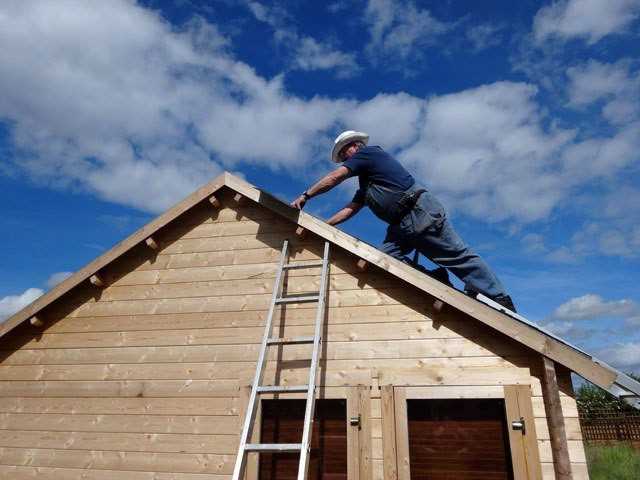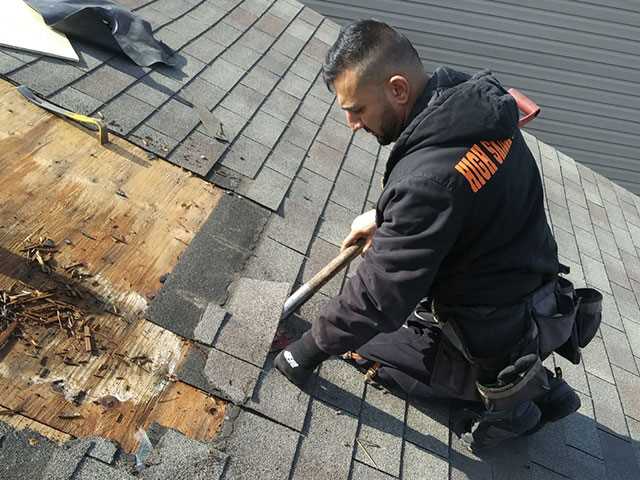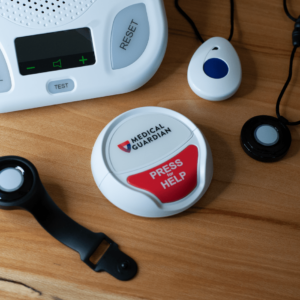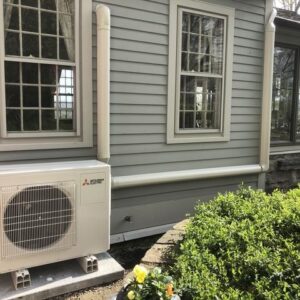Leaking roofing are a really usual problem determined in residence evaluations.
House inspections reveal that there are three major concerns to consider when diagnosing as well as dealing with leaking roofing systems:
The condition of the roofing covering. This consists of fractured, broken or displaced floor tiles or slates, harmed or rusted roofing system sheeting, weathered thatch. Incorrect setup can render any sort of roofing treatments ineffective.
The pitch of the roofing system. Generally only “level” roofs are water-proofed; most angled roofs are “weather-proofed”.
This means that the roof is developed to shed water promptly to avoid rain water from permeating the roofing covering. Normally talking, the steeper the pitch of the roofing, the less likely it is that the roof will certainly leak.
Weak points as concerns prospective leakages are the areas where roofing surfaces converge with wall surfaces, smokeshafts or other roofing systems. These junctions are typically weather-proofed with “blinking” of one kind or one more.
Tiles The house inspector will look for cracked, broken or displaced ceramic tiles or slates. Poor installation methods which can cause leakages include: Split mortar on ridge or barge topping floor tiles; lack of mechanical repairing of tiles in at risk areas along eaves and also ridges as well as a roofing pitch which is as well reduced.
Slates Slates are generally installed over a waterproof rug – frequently bituminous felt (malthoid). Leakages arise from damaged or dislodged slates and also from a died underlay.
If moderate steel, rather than copper or aluminium taking care of nails, have actually been utilized then rusty nails may also lead to slipping slates.
Ridges on slate roofings are generally completed with encountering ridge slates over a “double soaker” – this is an overlapping layer of padding extending over the ridge. If this double soaker ends up being broken or perished after that leaks can occur along the ridges.
Roofing bed linen Metal roofing sheeting frequently corrodes along the overlaps and around the fixing screws. Find out more info here: www.plymouthroofers.co.uk/.
Too-short end-laps as well as insufficient side-laps which deal with the prevailing weather prevail setup errors. Cracked and weathered fibre-cement or plastic roofing system sheeting can also be a trouble.
Thatch The leading layer of lawn in a thatched roof, which is revealed to the aspects, slowly decays and also needs to be regularly combed out as well as replaced to maintain the weatherproof high qualities of a thatched roof covering.
Semi-flat roofing systems These can be either concrete slabs or board – often surrounded by parapet walls. These roofing systems need to have sufficient drain.

The leading surface of the semi-flat roof covering requires to be effectively waterproofed – typically with heat-applied torch-on bituminous felt covered with UV ray immune silver aluminium paint.
If the waterproofing is old or has actually been severely installed with inadequate overlaps or bad bonding to the substrate, then leakages may happen. The service is to either spot or get rid of and also re-install the torched-on waterproofing.
Roof pitch The South African National Building Regulations recommend minimal pitch degrees for roofings – relying on the roofing covering.
Blinking Flashing, which is generally either metal flashing or acrylic membrane waterproofing, is mounted where roofing system surface areas converge abutments.
The blinking is created to water-proof these weak points in the roof covering. Correctly installing metal blinking and counter-flashing is a tradesperson’s art which is quickly ending up being limited in South Africa.
More and more contemporary roofing contractors resort to flashing roofings with acrylic membrane layer. Polymer membrane flashing is commonly messy, but is sensibly efficient presuming that the acrylic is of high quality and presuming that the flashing is recoated every couple of years.
If the acrylic blinking is not appropriately kept then the harsh South African sunlight quickly triggers deterioration and debonding and also leakages are most likely to happen.
Locating the leakage Roof covering leakages are primarily discovered from inside your house – moist patches on the ceiling or on walls.
Because water frequently has a tendency to run down the roof lumbers before materializing itself in a noticeable moist area, detective work inside the roofing tooth cavity is usually useful in figuring out precisely where the roof covering is dripping.
Damp discoloration on the leading chords of the roofing trusses and sometimes spots of daylight noticeable via the roofing system covering are commonly the best sign as to where the leakage comes from.






